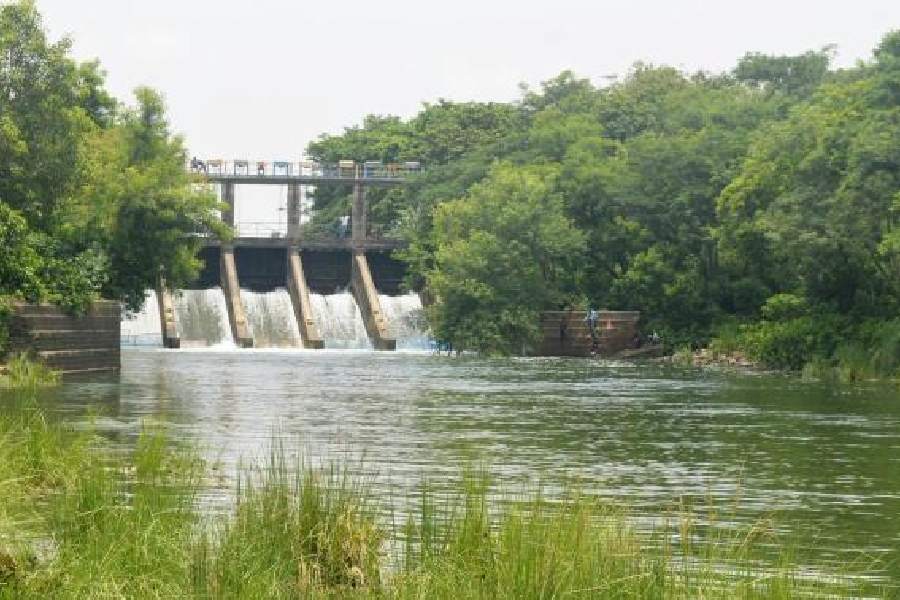The two representatives of the Bengal government to the Damodar Valley Corporation (DVC) — power secretary Santanu Basu and the irrigation department’s chief engineer (West) Uttam Ray — resigned on Sunday from their positions, citing uncalibrated and unplanned release of water from the dams of the central government utility that caused an “unprecedented flood situation” in the state.
Their resignations in the wake of chief minister Mamata Banerjee's announcement last week that she would ensure Bengal severed ties with the DVC.
Nabanna sources said the resignations of the two state representatives in the DVC could be viewed as the first step towards that severance.
Basu was the member in the board of DVC. Ray was the member of the Damodar Valley River Regulation Committee (DVRRC), which advises the release of water from the DVC dams.
A senior state government official said that recently Mamata wrote to the Prime Minister, alleging the DVC had released huge quantities of water from the dams of the DVC without consulting the state government.
Sources said that on the same day, the Press Information Bureau (PIB) had issued a press release saying the DVRRC which decides on the quantity of water to be released from the DVC has a member from the state. It also said that all protocols regarding prior intimation to all concerned stakeholders were followed before the release of water this time.
“With this press release, the Centre wanted to make it clear that the chief minister was making false accusations. It was unacceptable for the state. This is the reason why the officials were asked to resign from their positions in the DVC,” said a bureaucrat.
A section of bureaucrats said that withdrawing the officials from the DVC would not be a proper solution to save Bengal from regular floods the state faces due to release of water from the dams of DVC.
“In a democratic structure, dialogue could be the option to resolve any issue.... Withdrawing officials from the DVC would not solve the problem as it would stop the dialogue,” said a bureaucrat.
Sources also said snapping ties with the DVC could leave the state in trouble in many ways.
First, if there is no member of the state in DVRRC, the state would not get to know when and how much water would be released from the DVC dams.
“Now, at least the state gets to know how much water would be released and when it would be released.... If there is no member in DVRRC, the state would not know about the release of water in advance. This could leave thousands of people in trouble,” said an official.
Another official said that the major problem the state would face is the release of irrigation water from the dams during the dry season.
Sources said that based on the quantum of stored water in the dams, it is decided how much water would be released for irrigation in the dry season. Both representatives of Jharkhand and Bengal try to get more share of the water.
“If there is no member from Bengal, the representative from Jharkhand would ensure his state gets more water. At least 5 lakh hectares of Bengal land depend on DVC water,” said a senior official.
A large part of Bengal also depends on DVC power.
“The DVC generates nearly 2095MW of power… 55 per cent of the power generated by the DVC is supplied in Bengal,” said a source.
Some bureaucrats said officials nominated by the state couldn't withdraw from the DVC by writing a letter. "The state government had nominated them. It is the state government that can withdraw the officials from the DVC," said an official.











